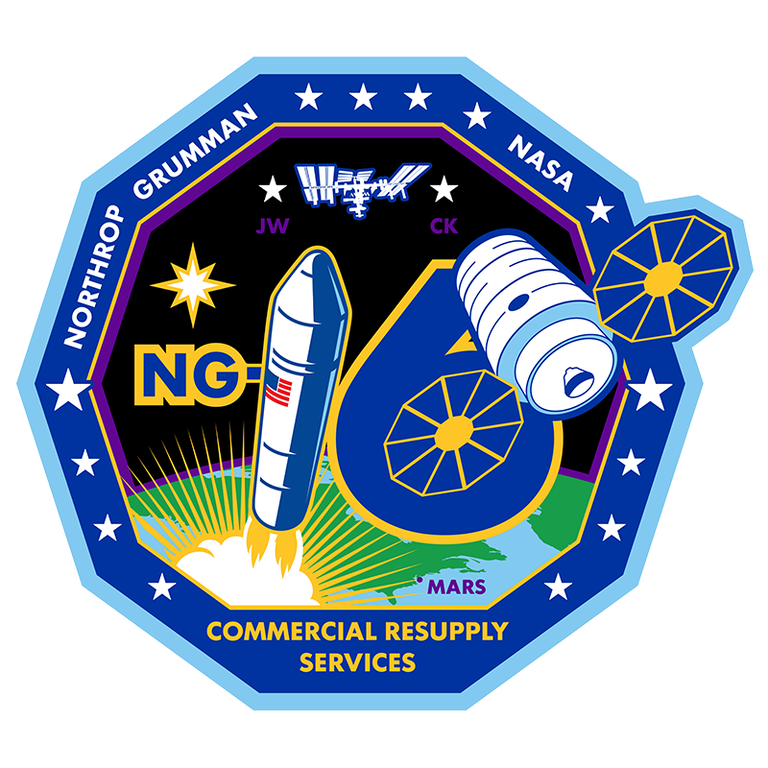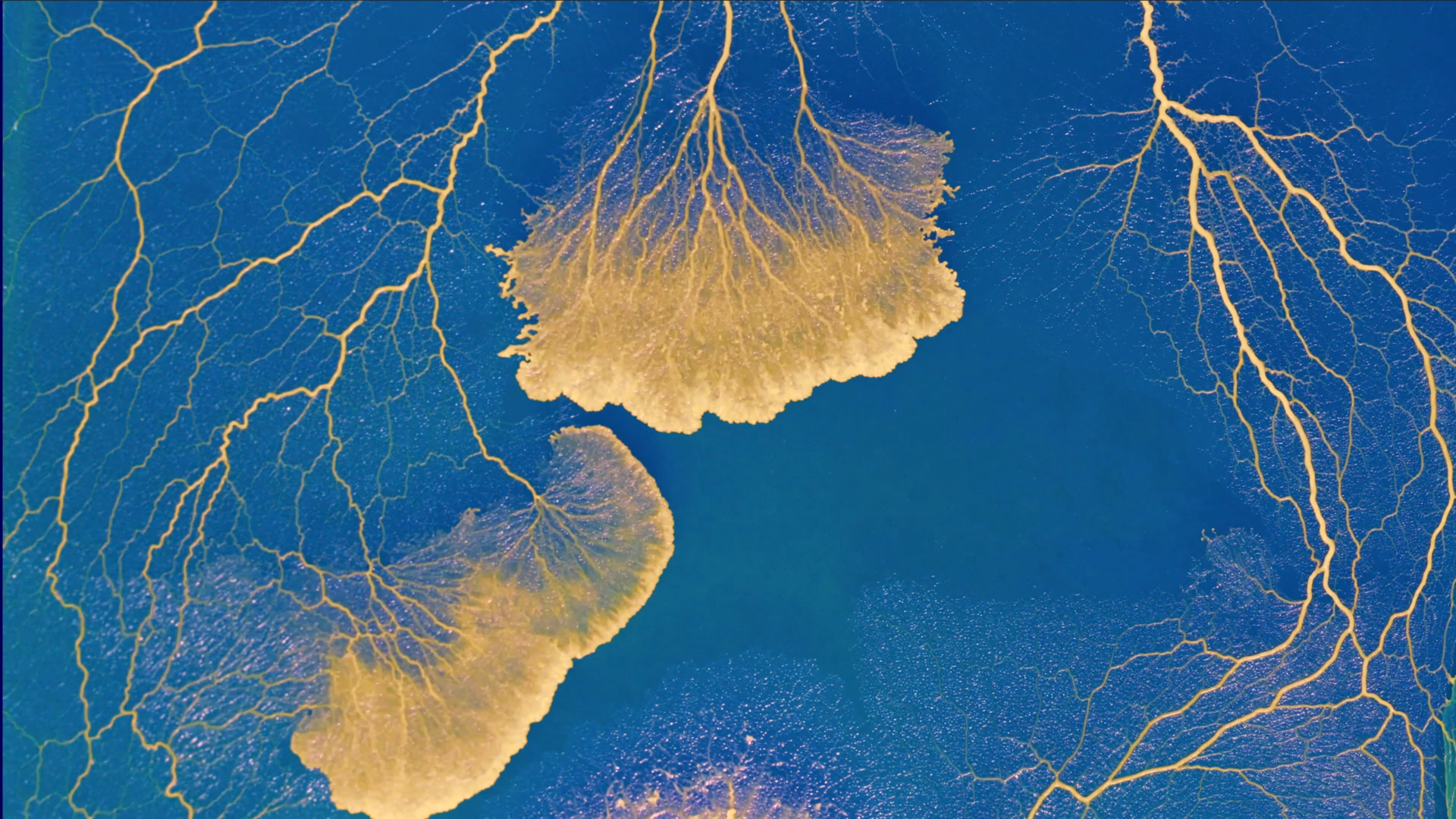
On August 10 at 22:01 UTC, a Northrop Grumman Antares rocket launched the NG-16 mission to the International Space Station from Pad 0A at the Mid Atlantic Regional Spaceport in Virginia. In the tradition of naming the Cygnus spacecraft in memory of someone who has made a significant impact to spaceflight, this spacecraft was given the name SS Ellison Onizuka. Onizuka was selected as a NASA astronaut in 1978 and flew into space on Discovery’s STS-51C mission in 1985, a classified mission for the Department of Defense. He was a crew member on the space shuttle Challenger that was lost in 1986.
Onboard NG-16 is 3,723 kilograms of cargo to the station — that’s 1,861 two-liter soda bottles — including equipment and science experiments. We don’t have time to cover all of the experiments onboard, so here are three that our team found interesting.
The first is an experiment called Redwire Regolith Print, a 3D printer designed to print with regolith or loose rock on a planetary body. It consists of modified extruders and print beds for the 3D printer currently on the station. Printed samples will be returned to Earth for analysis, where they will be tested for strength and flexibility and compared to the standards for rigid plastics. The hope is that this technology will allow for the construction of durable structures on planetary bodies. If future crewed missions could build shelter from materials already at their destination, they would be able to bring more science and food with them to their destination.
Speaking of food: KREPE, which is short for Kentucky Reentry Probe Experiment, is a proof of concept demonstration featuring three small capsules that will return from space aboard the Cygnus. As the Cygnus burns up during reentry, the capsules will be released. Their mission is to record the conditions inside the capsules during reentry. Because the capsules are expected to end up somewhere in the middle of the Pacific Ocean, there’s no practical way to retrieve data stored onboard. Instead, the data will be transmitted back via Iridium satellites.

If KREPE is successful, it will pave the way for a new, relatively inexpensive way to return small payloads back from the ISS without having to dedicate a much larger return vehicle to them. Presumably, the next phase of KREPE will be to figure out how to get the return capsules to the ground in one piece.
And finally, the European Space Agency’s Blob. The Blob is a slime mold. Slime molds are pretty neat. They do not fit neatly into the plant, animal, or fungi kingdoms. Composed of just one cell, it is still able to move, feed, organize itself into groups, and even transmit knowledge to other slime molds — all without a brain. In space, ESA astronaut Thomas Pesquet will monitor how a slime mold adapts to microgravity. Thomas will monitor the slime mold for a period of time and record a time-lapse video of the Blob. Using that video, students here on Earth will grow their own slime molds and compare their Earth blobs’ behavior to the space Blob’s.
More Information
NASA press release
PDF: Ellison Onizuka biography (NASA)
Overview for Northrop Grumman’s 16th Commercial Resupply Mission (NASA)




 Join the Crew!
Join the Crew!
 Escape Velocity Space News
Escape Velocity Space News
0 Comments